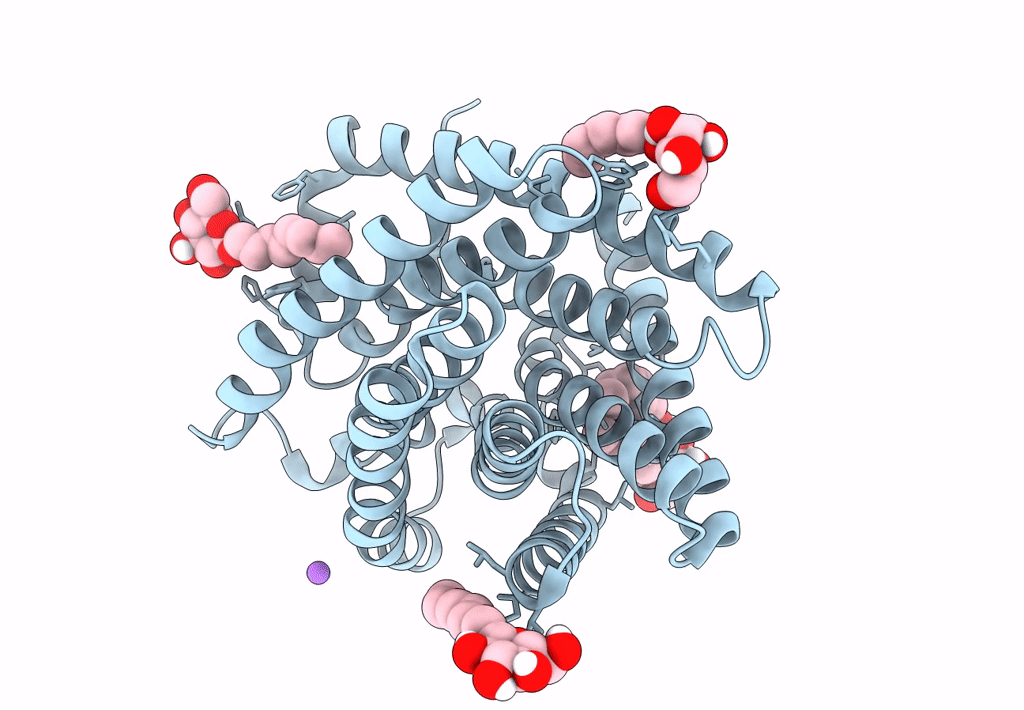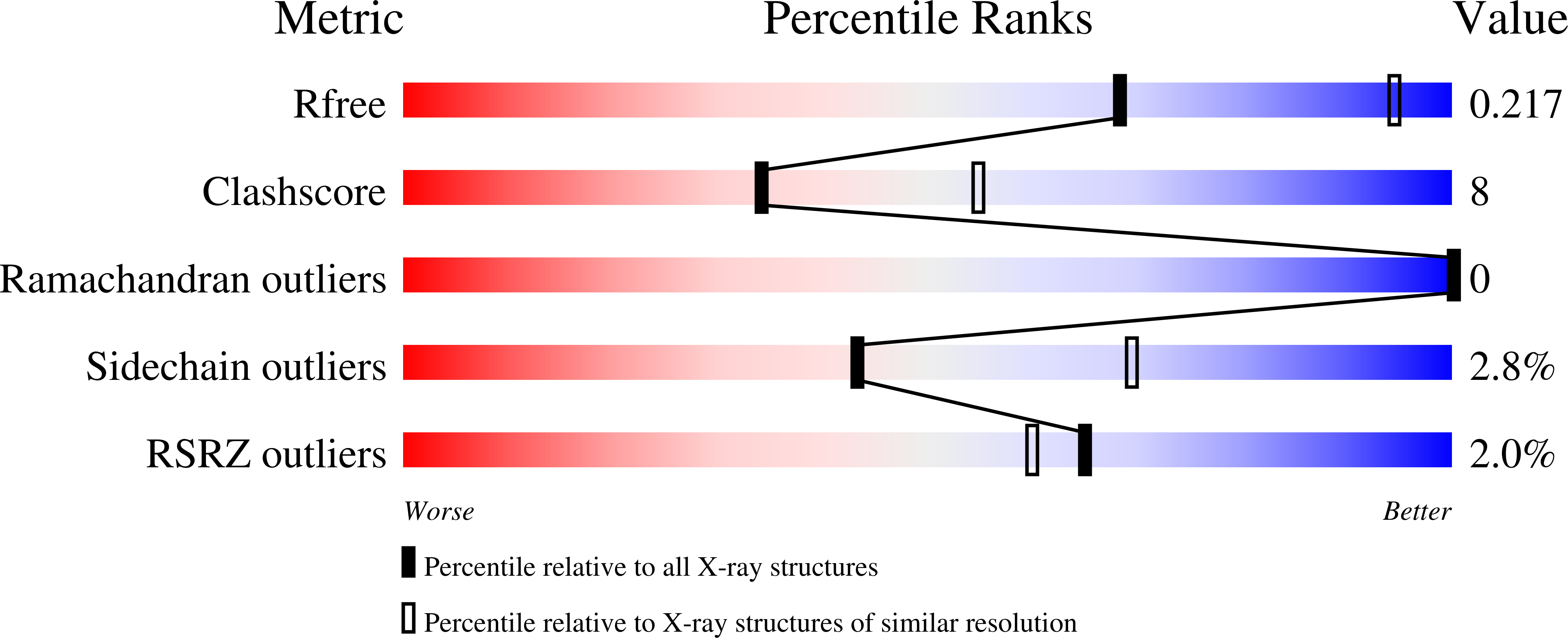
Deposition Date
2022-09-29
Release Date
2022-11-02
Last Version Date
2024-05-01
Entry Detail
PDB ID:
8EN9
Keywords:
Title:
TehA native-SAD structure determined at 5 keV with a helium environment
Biological Source:
Source Organism:
Haemophilus influenzae (Taxon ID: 727)
Host Organism:
Method Details:
Experimental Method:
Resolution:
2.60 Å
R-Value Free:
0.21
R-Value Work:
0.16
R-Value Observed:
0.17
Space Group:
H 3


